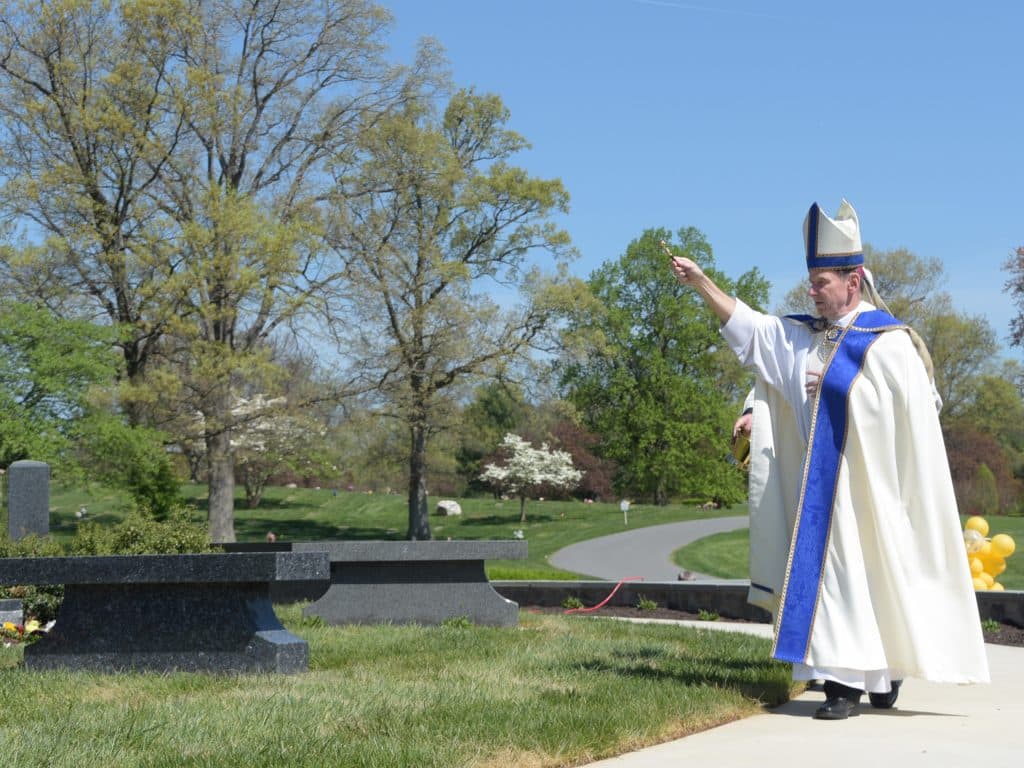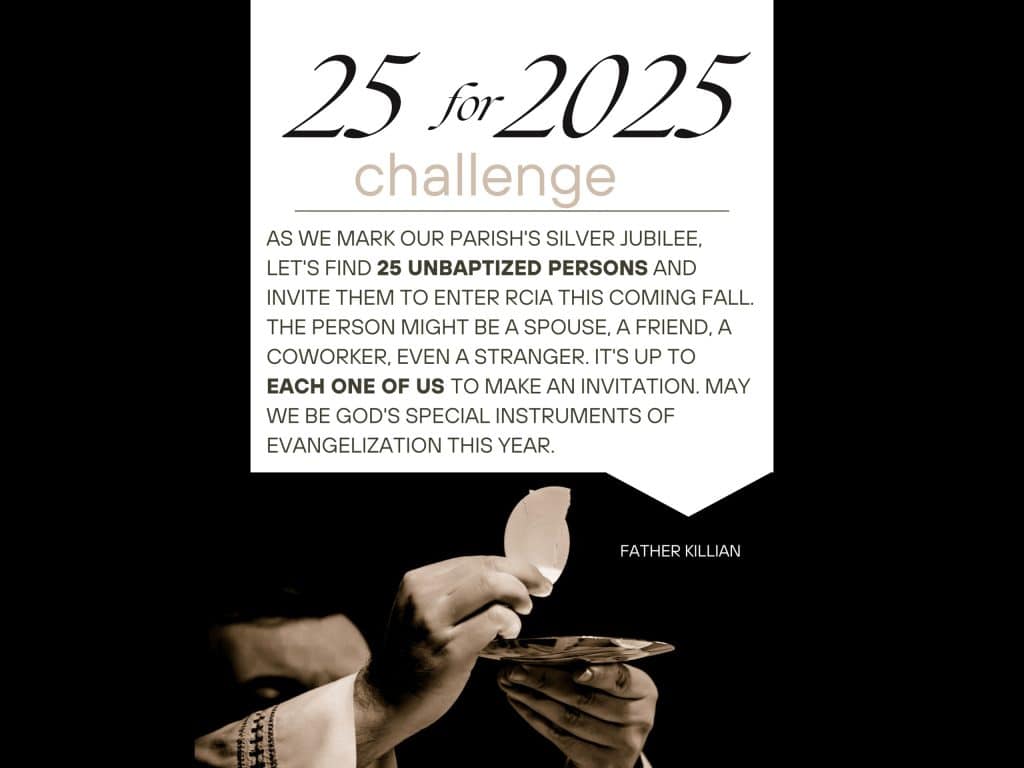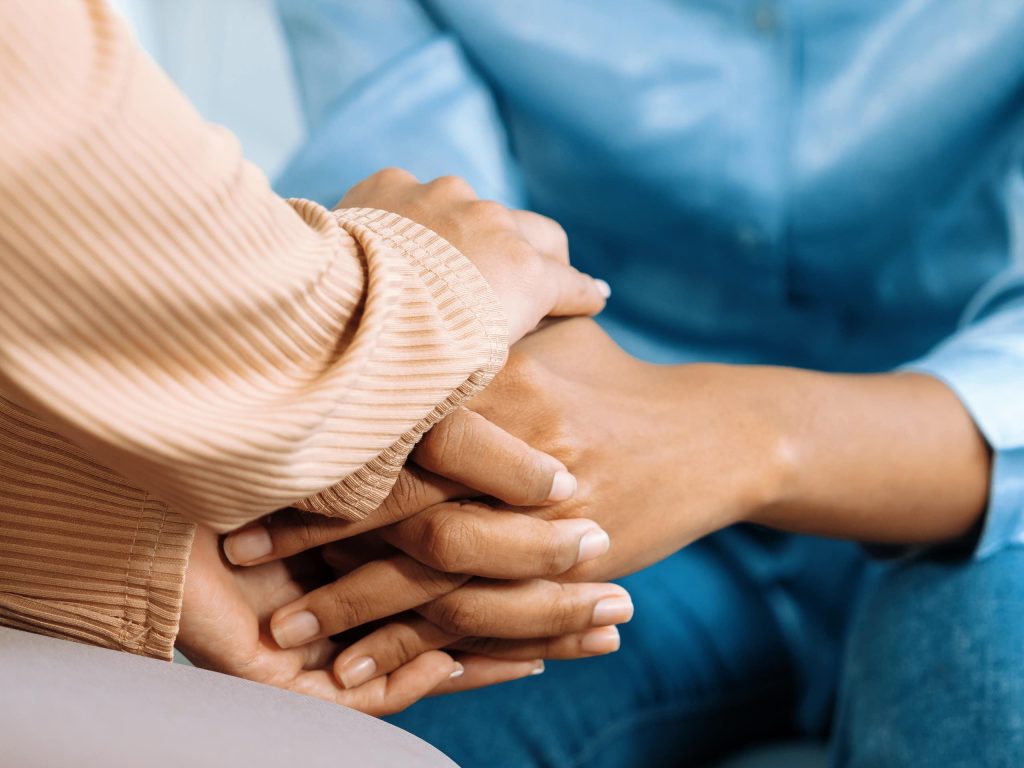No two incidents of sexual abuse are the same. And so exactly how an investigation into alleged abuse is handled varies slightly based on many factors: if the abused is currently an adult or child, when that abuse is reported and how much evidence is available. But some things remain constant: the diocese’s willingness to hear from victim-survivors, its cooperation with law enforcement, and its commitment to due process for the accused and the person requiring assistance.
If someone were to report an incident of sexual abuse to the Diocese of Arlington today, the process would look a lot like this.
Jamie (a fictional but not atypical example) wants to volunteer at her son’s Catholic school, so she signs up to attend VIRTUS. During the training, she recalls something she’d rather forget — how a priest hurt her when she was a teen. Watching the VIRTUS videos, Jamie realizes now how she was groomed for that abuse. When she gets home that afternoon, she decides to call the diocese’s confidential line at 703/841-2530.
“It takes a lot of courage to make that phone call,” said Frank Moncher, director of the Office of Victim Assistance. Some victim-survivors may not make a report until many years after the last incident of abuse, said Deacon Marques Silva, director of the Office of Child Protection and Safety.
A number of things go through Jamie’s head as she makes the call. “Will I be believed? How will things be handled? This could change lives. I was told never to talk about it.”
She first calls Child Protection and Safety, the preventive arm of the diocesan team. They immediately connect her to Victim Assistance, where Moncher takes her call. He listens to her account and sets up a time to speak with her in person. He also asks that she fill out a form found on the diocesan website available in several different languages.
After explaining the diocesan procedure to Jamie, he gives General Counsel Mark Herrmann a call to keep him informed. Herrmann notifies Bishop Michael F. Burbidge and alerts law enforcement.
When Jamie comes into the office, Moncher ensures that he has heard all the salient points of her experience, and shares that he can refer her for counseling and spiritual direction, if she wishes. He tells her about the annual retreat, the Masses and other events his office coordinates. She decides to connect with others in the victim-survivor community. A few weeks later, she decides to meet with Bishop Burbidge to share her story.
At the same time, the priest whom she has accused is told about the accusation. As the case is investigated, he is put on administrative leave. Herrmann assists the police when he can, confirming when and where the priest served, and providing other relevant information and assistance. An announcement about the investigation is circulated in the Catholic Herald and on the diocesan website. In the parishes where the priest served, a statement is read from the pulpit and printed in the bulletin.
After several weeks, the police may decide they don’t have enough evidence to bring charges, so they close the case. Then, the Diocesan Review Board is called. “The main two questions that the review board is responsible for answering for the bishop are: is there credible evidence of abuse of a minor or credible evidence of abuse of a vulnerable adult? The third question is not required, but it’s within the bishop’s rights to ask them about (that clergyman’s) suitability for ministry,” said Deacon Silva.
The review board — nine people, including two priests, a religious sister, a psychiatrist, a social worker, an educator, a child protection specialist, and a lawyer — uses a different standard of proof than law enforcement, said Herrmann. “If you watch crime dramas on TV, you know that in the criminal court system, the burden of proof to send somebody to jail is ‘beyond a reasonable doubt.’ There are other standards that are also used in law,” he said. “Most civil lawsuits use what’s called a ‘preponderance of the evidence’ standard, which means that something is more likely than not to be true. The standard that our review board uses is that ‘more likely than not’ standard.”
After reviewing the evidence, the board finds the allegation credible. Based on its recommendation in this hypothetical situation, Bishop Burbidge decides to remove Jamie’s abuser from ministry permanently. Jamie attends support groups for a while, and then decides to pursue counseling in her continuing effort to heal. Eventually, she feels ready to engage in spiritual direction to journey toward a sense of belonging in her church.
Learn more
For more information about how allegations are handled or to make a report, call 703/841-2530 or go to arlingtondiocese.org/Child-Protection.


